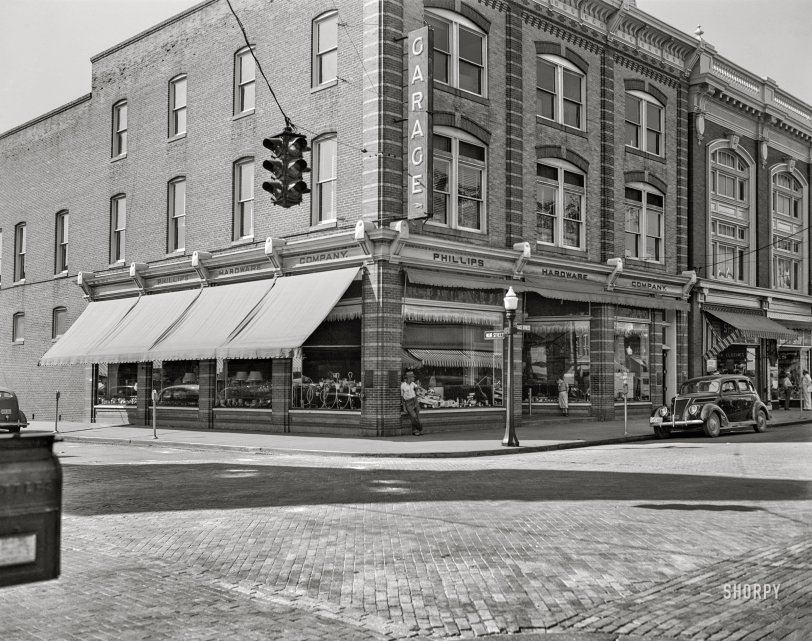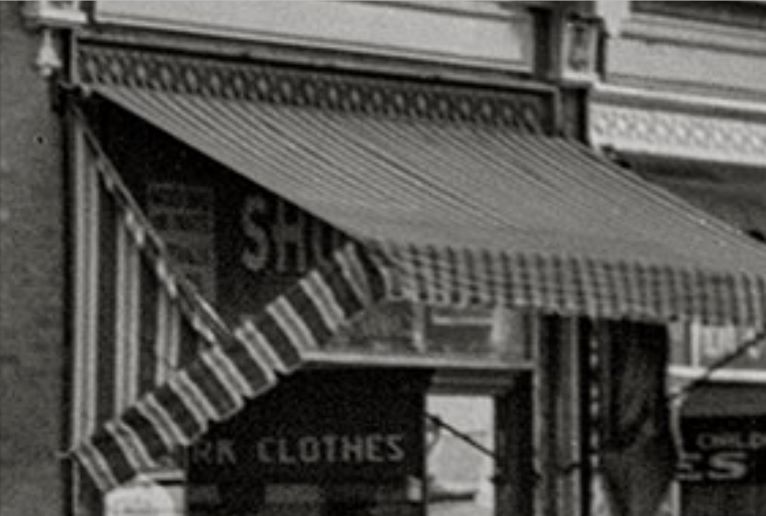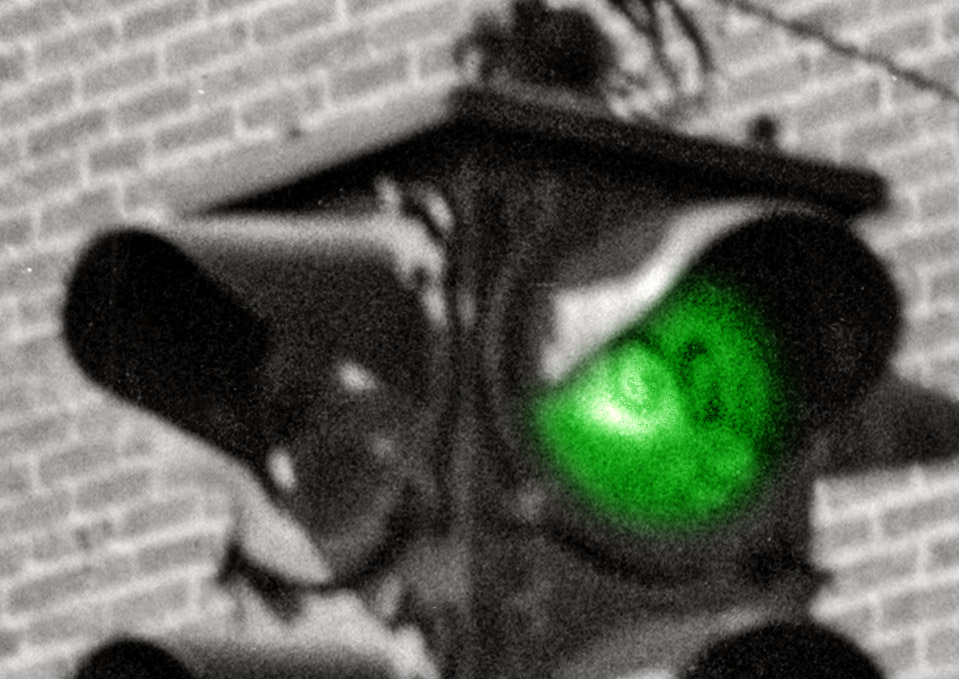


Framed or unframed, desk size to sofa size, printed by us in Arizona and Alabama since 2007. Explore now.
Shorpy is funded by you. Patreon contributors get an ad-free experience.
Learn more.

- Lofty addition
- In 1912
- Keenan Building
- Six years old
- Taken from the P.J. McArdle Roadway?
- It stood only 47 years
- Three track mind
- Incline to the right
- Reach for the sky, 1912 style
- No clean sweep
- Same Job Title, Same Face
- Sadly Lost
- Beautiful ...
- Where you get your kicks
- Aim High
- Pueblo Revival sisters
- Pueblo Neoclassicism
- Milk Man
- Regional dialect.
- Spielberg's inspiration
- Great Photo
- Loaf Story
- Do you still have the Rakes category?
- Could almost be a scene from the 1957 movie 'Hell Drivers'
- The Wages of Fear.
- Conspicuous by their absence
- Got Milk?
- All that aluminum
- No lefties
- Smoke 'em if you've got 'em
Print Emporium
Tomatotown: 1941

August 1941. "Cambridge, Maryland, home of Phillips Packing Co. tomato canning plant." As well as Phillips Hardware at the corner of Muir and Race streets, and a green-on-top stoplight. 4x5 inch acetate negative by John Collier for the Farm Security Administration. View full size.
Start of the Phillips empire
This is the same Phillips family that went into the seafood business and eventually opened Phillips restaurants and airport locations present today. Also, you may find their products in the frozen foods section of your local supermarket.
Red=stop, green=go, yellow=confusion
Following up on Dave's explanation, it's easy enough to see how it worked for red and green, but what about the middle light?? Without some kind of rotating baffle, it would show yellow for both directions: "proceed with caution" in theory, but surely accidents waiting to happen in practice.
[Back in the day, stoplights often showed yellow (simultaneous with red) when changing from red to green. This would be one of them. - Dave]
OK, both yellow and the red/green would be illuminated simultaneously, so you would know- hopefully! - if your yellow meant turning to red or turning from it; still rather confusing ... I think they would have been better off with only the two colors.
Only standard lights in sight
I'm surprised the Phillips Hardware building still has its cornice - its neighbor doesn't:
High Green?
I wonder if the green-on-top signal is a carryover from the railroad signals of the day? "High green" was called out between the engineer and fireman when approaching a clear (or go) signal. This in itself may have carried over from the semaphore type signals when the arm "dropped" down to show a red signal and the arm or blade was horizontal.
[It's green on top only on Muir Street. On Race Street, it's red on top -- the signal has just three bulbs for all 12 lenses. To get red on top for both streets you'd need a more expensive 12-bulb signal. - Dave]
The Bros.
The same pair of brothers - Levi and Col. Albanus Phillips Sr. - owned the hardware company and the packing company. After the obligatory Massive 1910s Fire in Cambridge's main commercial district destroyed the hardware store and others, the brothers purchased the sites across Race Street that had been occupied by the home of canners W. Grason and Nannie Winterbottom and a lumber yard owned by architect/builder J. Benjamin Brown. Mr. Brown designed many of the buildings that rose from the ashes of his business and others in the fire zone.
From 1910 to 1923, before the property at Race and Muir was sold to the hardware company, it was owned by Mr. and Mrs. Winterbottom, Levi Phillips (and his wife Florence), and Albanus Phillips (and his wife Daisy). All four Phillipses died between April 1945 and January 1949.
The building's most recent use is as a venue for special events.
https://mht.maryland.gov/secure/medusa/PDF/Dorchester/D-380.pdf
I'll bet a buck
that sign said Shorpy. Best store in town.
The Phillips Hardware Co. building still looks good. Initials PHC are still in each decorative transom window. Fate has not been so kind to the building on the right. In an effort to make it look modern, an owner stripped away or covered up architectural detail and replaced the large upper story windows with much smaller windows that cannot be opened. I guess they don't want natural light or fresh air up there.

Nice variety of pumps
... but the "depression brick" siding is an odd pattern I haven't seen before. Hereabouts, we had a good sampling of that stuff around town, along with the asphalt shingle version. When applied well they can be pretty convincing from a distance. It has started to get harder to find as the old buildings get torn down for what the current folks mistake for architecture.
[Especially hard to find in this photo! - Dave]
'tis hard to see here- how'n heck can I get it to move? On the othe hand, if I leave it here I can only make a single mistake, try to correct it and the possibility is endless.
Guess it's your move, Dave.
Never Mind
Green on Top?
How can you tell from a black-and-white photo?

























On Shorpy:
Today’s Top 5